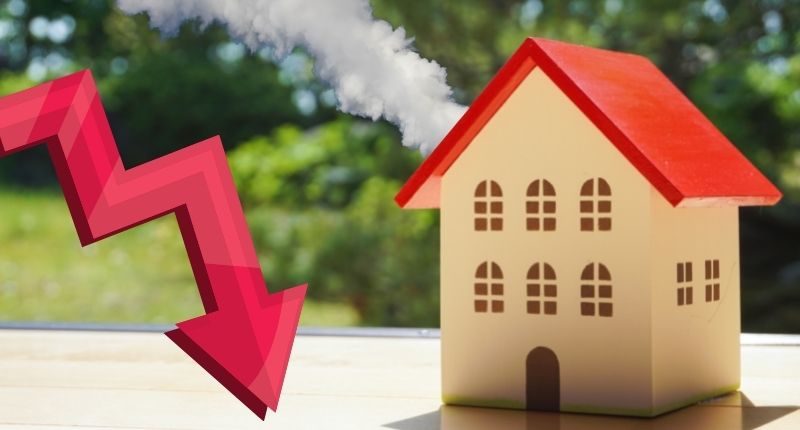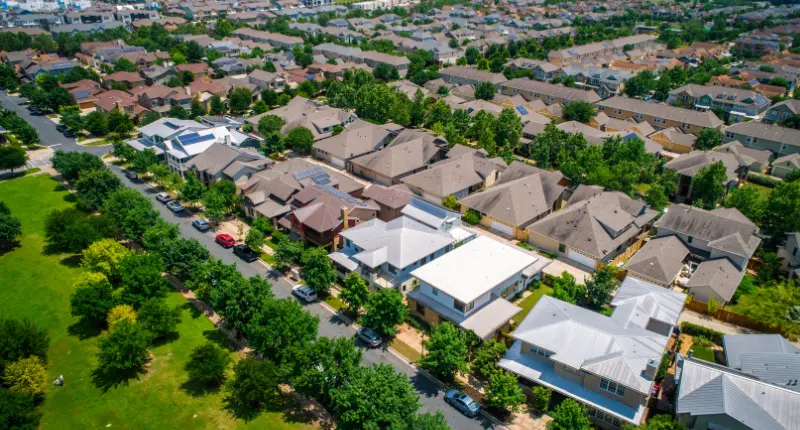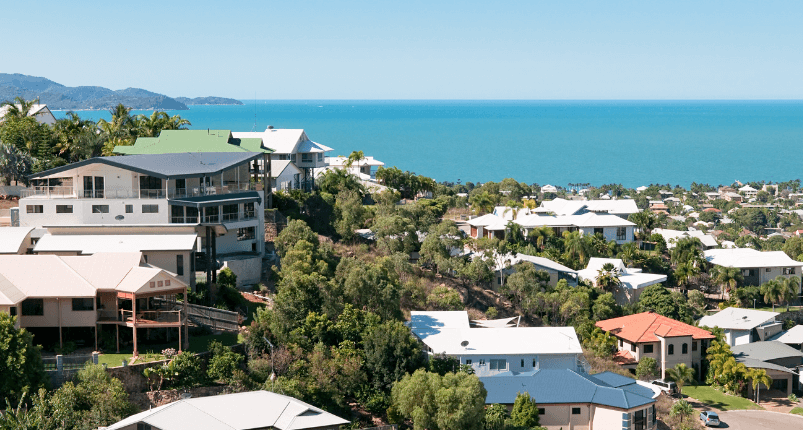
- Housing values increased 1.49% in October
- Overall growth rate is losing momentum after 21.6% annual increase
- Growth in unit prices steadier than house prices
Total stock levels are dwindling across the nation and buyers are jostling for their place in the property market, driving house prices up more than 20% in the past year.
According to CoreLogic‘s recently released October Home Value Index, national housing values continue to rise, but the growth rate is showing signs of running out of steam.
In October, Australian housing prices increased by 1.49%, a slight decline in the growth rate from the previous month at 1.51%.
The growth rate reached in peak earlier this year in March, when housing values increased by 2.8%.
Although the growth rate has decelerated since then, overall housing values have inflated 21.6% in the last twelve months.
National
According to the latest data from SQM, the national weekly asking property price for October was $722,809, a 1.55% increase from the end of September.
CoreLogic’s research director Tim Lawless explained that the steadying growth rate is a consequence of unaffordable housing prices, recovering supply levels and discontinued stimulus packages.
Mr Lawless said housing prices are outweighing wages by about 12 times, and consequently first home buyers are being excluded from the market as pockets run dry.
“New listings have surged by 47% since the recent low in September and housing focused stimulus such as HomeBuilder and stamp duty concessions have now expired.
“Combining these factors with the subtle tightening of credit assessments set for November 1, and it’s highly likely the housing market will continue to gradually lose momentum,” he said.

State-by-state
Half of the nation’s capitals have experienced a growth in housing values of over 20%. Regional Tasmania has paved the way for the strongest growth, recording an increase of 29.1% in the past year.
Perth prices have failed to display the same enthusiasm though, as the only state to record shrinking housing values last month. Values in Perth and regional Western Australia both fell by 0.1%, the first time that Perth observed a negative rate since June 2020.
The rest of the nation showed more promise, with Brisbane leading the capital cities at 2.5% growth, and regional New South Wales the front runner for broader areas at 2.1%.
Sydney remains the most expensive city to purchase in, the only capital to likely set its residents back a cool million dollars. As of October, Sydney saw an annual housing value surge of 30.4%, the median price currently sitting at $1,071,709.
Unit prices rising slower than house prices
While unit values are also typically increasing across Australia, this annual growth shows much less momentum than in housing values.
Compared to Sydney’s 30.4% increase in housing values, units have only risen 13.6%. The same is evident in Melbourne, the garden city increasing by 19.5% in housing values and only 9.2% in unit values.
“As housing becomes less affordable, we expect to see more demand deflected towards the higher density sectors of the market, especially in Sydney where the gap between the median house and unit value is now close to $500,000,” Mr Lawless explained.
“With investors becoming a larger component of new housing finance, we may see more demand flowing into medium to high density properties.”
Tim Lawless, CoreLogic research director
Mr Lawless added that demand for units may be boosted once again when international borders inevitably reopen.







